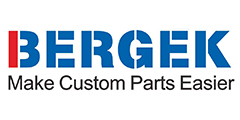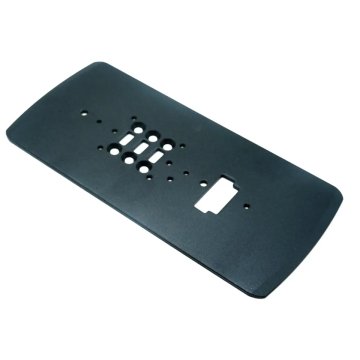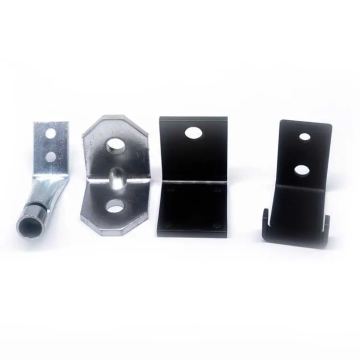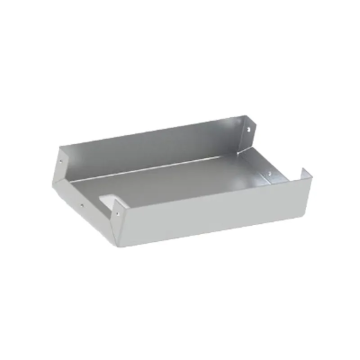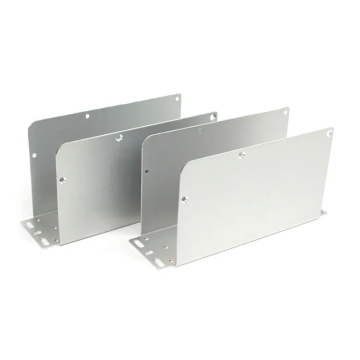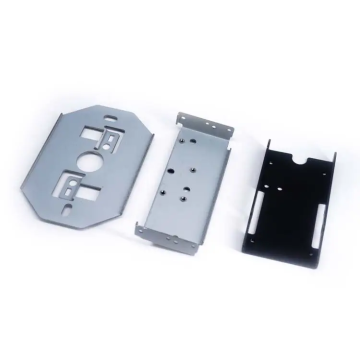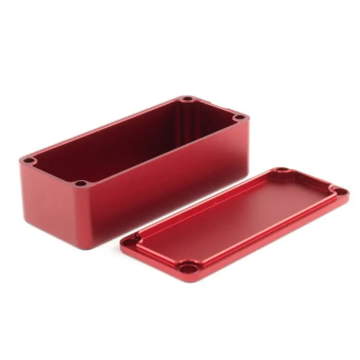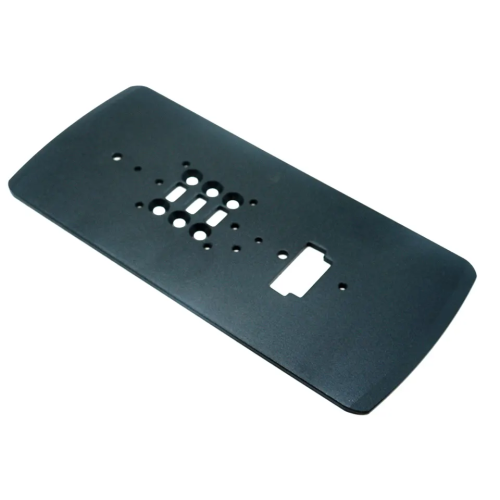
Hardware processing products factory
-
$6.50≥10 Piece/Pieces
- Min. Order:
- 10 Piece/Pieces
- Min. Order:
- 10 Piece/Pieces
- Transportation:
- Ocean, Land, Air
- Port:
- ShenZhen
Your message must be between 20 to 2000 characters
Contact Now| Place of Origin: | China |
|---|---|
| Productivity: | 10000 |
| Supply Ability: | 800000 |
| Payment Type: | L/C,T/T,D/P,Paypal |
| Incoterm: | FOB,CFR,CIF,EXW,FCA,CPT,CIP |
| Transportation: | Ocean,Land,Air |
| Port: | ShenZhen |
Sheet metal fabrication is a manufacturing process that is commonly used to produce metal products and components. Sheet metal working covers a wide range of techniques and processes, including cutting, bending, punching, welding and assembly.
Sheet metal working has several applications in industries such as automotive manufacturing, aerospace, construction and electronics. As such, sheet metal working plays an important role in industrial production and has a significant impact on product quality and performance.cnc machining
The first step in sheet metal working is to select the appropriate material based on the design drawings. Common materials used for sheet metal fabrication include stainless steel, aluminium and carbon steel. Depending on the application and requirements, the selection of different materials will ensure that the product meets the requirements.laser cutting service
Cutting is one of the basic steps in sheet metal fabrication. By using a CNC cutting machine, the sheet metal material can be cut precisely according to the design drawings. This process is done in a closed environment to reduce noise and dust pollution.cnc milling parts

Bending is another important processing step. By using a CNC bending machine, the cut sheet metal material can be bent according to the design requirements. The angle and radius of the bend can be adjusted as required. This process requires precise operation and control to ensure the quality and accuracy of the product.
Punching is another common technique in sheet metal processing. By using specialist equipment, the required holes and bumps can be created in the sheet metal material. The position and size of the punched holes can be adjusted to suit the design requirements. This process requires high speed and precise machinery to ensure the quality and geometry of the holes.
Welding is the process of joining different components and elements together. Common welding methods used in sheet metal fabrication include TIG welding and MIG welding. Welding provides strength and stability, but also requires strict quality control.
Assembly is the final step in sheet metal fabrication. By putting the individual parts and components together, a complete product can be manufactured. This process requires care and patience to ensure that all components are properly joined and assembled.
The benefits of sheet metal working include high productivity, accuracy and cost effectiveness. Compared to other traditional metalworking methods, sheet metal working can significantly reduce production lead times and production costs, while also improving the quality and performance of the product.
The actual sheet metal working process also requires workers with a certain level of skill and experience. Particularly in the areas of cutting, bending and welding, the operator needs to have the specialist knowledge and skills to ensure the quality and accuracy of the product.
Related Keywords

